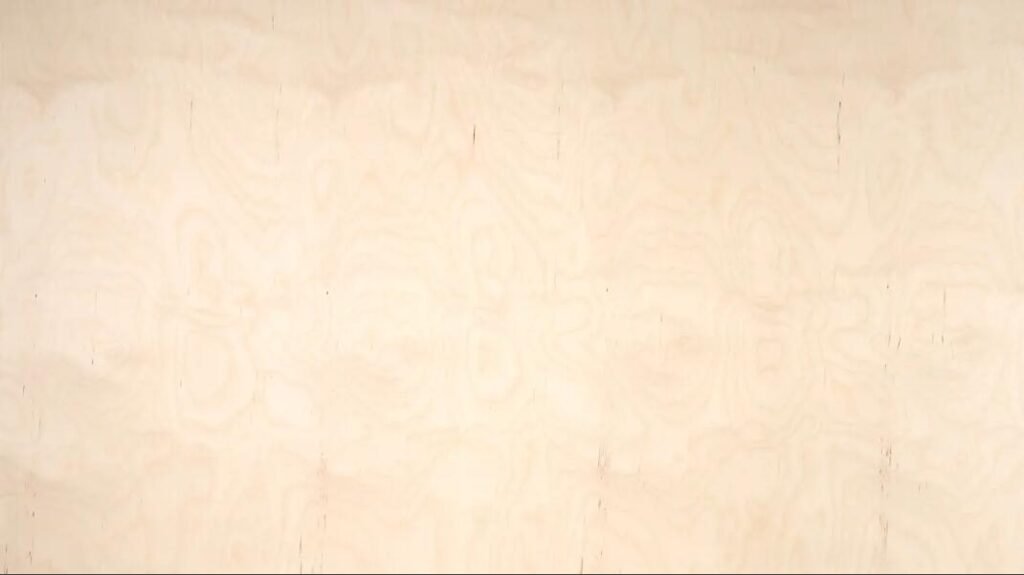Poplar veneer
Poplar veneer typically has a deepening milky light grey, beige, or extremely pale greenish yellow tone. Patches of green and sporadic purple streaks can be seen in the rotary cut. It is a sturdy hardwood with a satiny texture and a tight, uniform grain that is sometimes referred to as tulip poplar and is simple to work with. It takes finishes and stains well and is frequently dyed to resemble other species.
A fantastic wood that has numerous applications is Poplar Wood Veneer Premium Uniform Color. Poplar is a common tree in Europe. When a painted finish is required on lumber or millwork, it might be an acceptable substitute for more expensive species. It has a fascinating appearance in veneer and is also utilized as a balance sheet on a panel.
Download poplar plywood catalog
Poplar plywood veneer grade catalogue

The clean grain of poplar veneer is well-known, and pin knots and mineral streaks are typically relatively scarce. Poplar is a hardwood with a satiny texture and a close, consistent grain that is sturdy and simple to deal with. The veneer of white poplar veneer wood takes stains and finishes well and is frequently dyed to resemble other species.
Poplars are often recognized as avenue trees due to their distinctive growth pattern. However, because it integrates into any environment nearly without structure, the light wood appears unnoticeable. Distinct patches are produced by the late wood zones, which are thin and poorly defined. Poplar’s coloring ranges from delicate light brown to grey-white with a little greenish shimmer in the center.
The poplar grows quickly, and by the time it is 40 years old, it has finished growing. The trunks can grow up to 35 meters tall and up to 1 meter in diameter. The poplar’s bark is smooth and yellowish-grey in its “youth” before becoming thick and severely longitudinally cracked with time.


The poplar’s pores range in size from tiny to medium and are dispersed. The yearly rings and growth zones are also plainly evident, and the grain is straight and easily observable. Early and late wood can scarcely be separated from one another since the wood is nearly white to light grey and simple.
The White Poplar, also called the “Silverleaf Poplar,” has a large native range that stretches from Morocco to China, as well as Central and Southern Europe, North Africa, and Western and Central Asia.
The Poplar is a fast-growing tree that can withstand salt, drought, and borers. It is still frequently utilized for reforestation projects, windbreaks, and erosion prevention along riverbanks and roadside.
Poplar veneer is a smooth, refined wood that ranges in hue from creamy white to light brown. The texture is fine and even, and the grain is typically straight.
Premium quality White Poplar also produces lovely high-end wood veneer sheets, customized plywood, and elegant furniture. It is utilized for a wide range of products, including furniture, boxes, matchsticks, and sports equipment.
Natural wood poplar veneer is produced by slicing through big blocks of chopped wood to release the raw material. There isn’t a single bundle of natural wood veneers that is identical to another because no two trees are the same. Even the same species of wood does not always have the same patterns. We can provide engineered floor top layer veneer, paper thin veneer, conventional 0.5 mm veneer, rough cut veneer, and exotic wood veneer (always FSC approved or controlled).
Specifications(Panel Size)
| Thickness | 1.5mm/2mm/3mm/4mm/5mm/6mm/9mm/12mm/15mm/16mm/17mm/18mm/22mm/25mm/40mm |
| Size | 1220*2440mm/1250*2500mm/1525*1525mm |
| Faces | Poplar veneer both sides, sanded,Suitable for decorative use |
| Thickness Tolerance | ±0.2mm |
| Surface Treatment | Polished/Non-Polished |
| Moisture Content | 6%~9% |
| Density | 660-730kg/m3 |
| Glue emission level | E0, P2, WBP,MR |
Poplar Plywood Core Construction
Thickened poplar birch core
Eucalyptus core
Birch core
Poplar core






